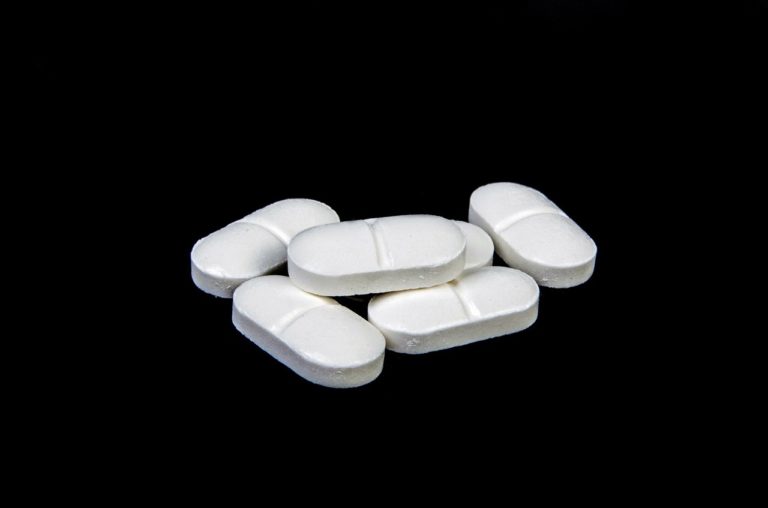Can men get breast cancer? Absolutely. In 2012, an estimated 2,190 new cases of breast cancer in men will be diagnosed in the United States, and about 410 men will die of the disease. While these numbers are significantly smaller than the numbers of women who develop and die of the disease, breast cancer in men is still a condition of which men should be aware.
Although the breast tissue in men differs somewhat from that in women, breast cells in men are susceptible to cancer growth, even though the chances of breast cancer developing in men is much less than it is for women. While breast cancer will affect 1 in every 8 women over their lifetime, it impacts only 1 in every 1,000 men.
Up until the beginning of puberty, males and females each have a few ducts (tube-like structures) in the breast tissue located in the area of the nipple. Once a female’s ovaries begin to produce hormones, her breast ducts grow and develop lobules, which make milk. In males, however, male hormones manufactured by the testicles prevent further development of breast tissue, ducts, and lobules.
Despite this difference, the breast tissue in men can undergo changes that lead to cancer, even though men have much lower levels of the hormones that affect breast cancer growth.
Risk factors for breast cancer in men
Scientists do not completely understand the causes of breast cancer in men, but a number of risk factors have been identified.
- Age: As in women, the risk of breast cancer in men goes up with age, with 68 being the average age a man is diagnosed with the disease
- Gene mutations: Men who have inherited a mutation of the BRCA2 or BRCA1 genes, which are breast cancer genes, have an increased risk of the disease.
- Family history: About 20% of men with breast cancer have a close male or female relative with the disease
- Exposure to radiation: Prior radiation to the chest may increase risk.
- Klinefelter syndrome: This rare congenital condition affects about 1 in 1,000 men and is characterized by men who have higher than normal levels of female hormones and lower than normal male hormones.
- Alcohol: Excessive alcohol use increases the risk of breast cancer in men.
- Liver disease: Because the liver has a key role in the metabolism of sex hormones, liver disease can lead to abnormally high estrogen levels in men.
- Obesity: Fat cells transform male hormones into estrogens, and so men who are obese have higher levels of estrogens, which in turn may increase their risk of breast cancer.
- Testicular conditions: Men who develops mumps as an adult, have an undescended testicle, or who have had their testicles removed may be at increased risk of breast cancer.
Types of breast cancer in men
Breast cancer in men can develop in a number of different ways. The most common type of breast cancer is called invasive ductal carcinoma, which means the breast cancer spreads beyond the duct and develops in the fatty tissue of the breast. This type of breast cancer can then spread (metastasize) to other parts of the body. About 80% of male breast cancer cases are invasive.
About 10% of male breast cancer cases are called ductal carcinoma in situ, which means the cancer stays in the breast ducts and does not spread outside the duct walls. Nearly all cases of ductal carcinoma in situ can be cured with surgery.
The remaining 10% of male breast cancer cases include various rare forms of the disease, including invasive lobular carcinoma (which starts in lobules, which are uncommon in men), Paget disease of the nipple, and inflammatory breast cancer.
Detecting breast cancer in men
Because breast cancer in men is not common, most men don’t even think about it. However, if you notice any breast lumps or growths, you should have them checked by your healthcare provider. Don’t be embarrassed; while the lump may be just an infection or be related to some other noncancerous cause (e.g., gynecomastia; see below), checking any unusual growths is important. Breast cancers in men tend to be smaller than they are in women, but because men have little breast tissue, cancer can spread more extensively.
Signs of breast cancer in men
Possible signs of breast cancer men should watch out for include the following:
- Appearance of a lump or swelling in the breast, which may or may not be painful
- Puckering or dimpling of the skin on the breast
- Scaly or red nipple or breast skin
- Discharge from the nipple
- Retracted nipple (nipple that turns inward)
Treatment of breast cancer in men
Treatment of breast cancer in men includes methods also used in women: surgery, radiation, chemotherapy, hormone therapy, and targeted therapy (drugs designed to target gene changes). Most men undergo some type of surgery, or a mastectomy, that may or may not also require the removal of lymph nodes under the arm and/or the chest wall muscles under the chest if the cancer has spread that far.
Radiation, chemotherapy, hormone therapy, and targeted therapy may be given either before or after surgery to help reduce the risk the cancer will recur after surgery, or they may be given after surgery to treat cancer that has come back.
Some men with breast cancer are also treated with bisphosphonates, which are drugs that help reduce bone pain associated with metastatic breast cancer, as well as strengthen bones and reduce the risk of fractures. Zoledronic acid (Zometa) and pamidronate (Aredia) are examples of bisphosphonates. Another drug called denosumab (Prolia) also reduces the risk of fractures and other problems associated with treatment of breast cancer, but it is not in the same drug class and seems to provide better results.
Gynecomastia is not breast cancer
Perhaps you’ve experienced or know men who have had a common male breast disorder called gynecomastia. Sometimes referred to as “man breasts” or “man boobs,” gynecomastia often appears as a small mass of tissue under the nipple and areola that can be felt when applying slight pressure. In some men gynecomastia is more severe and causes the breasts to grow somewhat larger.
Gynecomastia is usually caused by an imbalance of hormones. That’s one reason why men who take steroids can develop gynecomastia. Other causes of gynecomastia include liver disease, obesity, use of some medications (e.g., those for treatment of ulcers, high blood pressure, heart failure, heartburn), or a rare genetic condition called Klinefelter syndrome, which can also increase a man’s risk of getting breast cancer.
Breast cancer in men is rare, but it is a serious, even deadly disease. If you experience any of the signs of breast cancer, see your healthcare provider as soon as possible.







